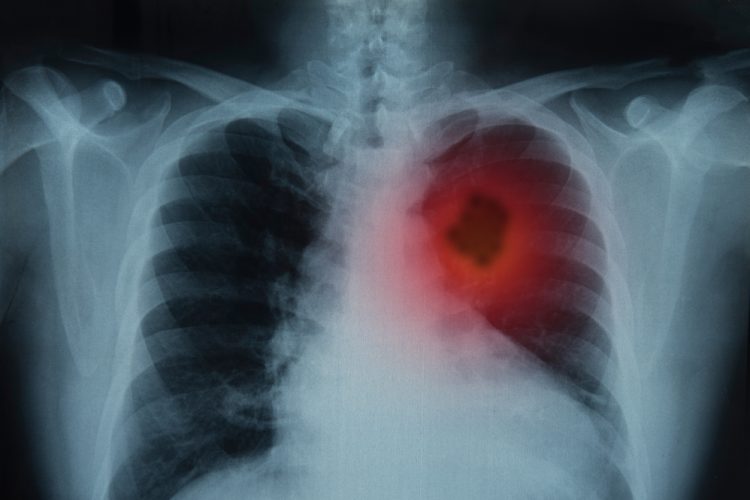Genomic study uncovers causes of lung cancer in non-smokers
Posted: 8 September 2021 | Anna Begley (Drug Target Review) | No comments yet
An NIH study used whole genome sequencing to describe three molecular subtypes of lung cancer in non-smokers, possibly improving treatments.


A genomic analysis of lung cancer in non-smokers conducted by the US National Institutes of Health (NIH) has revealed for the first time three molecular subtypes of lung cancer in people who have never smoked. These insights could help unlock the mystery of how lung cancer arises in people who have no history of smoking and may guide the development of more precise clinical treatments.
“What we are seeing is that there are different subtypes of lung cancer in never-smokers that have distinct molecular characteristics and evolutionary processes,” said epidemiologist Dr Maria Teresa Landi who led the study. “In the future we may be able to have different treatments based on these subtypes.”
In this large epidemiologic study, the researchers used whole genome sequencing to characterise the genomic changes in tumour tissue and matched normal tissue from 232 never-smokers who had been diagnosed with non-small cell lung cancer. The tumours included 189 adenocarcinomas, 36 carcinoids and seven other tumours of various types. The patients had not yet undergone treatment for their cancer.
The researchers combed the tumour genomes for mutational signatures, such as damage from natural activities in the body or from exposure to carcinogens. They discovered that a majority of the tumour genomes of never smokers bore mutational signatures associated with damage from endogenous processes.
The genomic analyses also revealed three novel subtypes of lung cancer in never-smokers, to which the researchers assigned musical names based on the level of “noise” in the tumours. The predominant “piano” subtype had the fewest mutations: it appeared to be associated with the activation of progenitor cells, which are involved in the creation of new cells. This subtype of tumour grows extremely slowly, over many years and is difficult to treat because it can have many different driver mutations. The “mezzo-forte” subtype had specific chromosomal changes as well as mutations in the growth factor receptor gene EGFR, which is commonly altered in lung cancer and exhibited faster tumour growth. The “forte” subtype exhibited whole genome doubling, a genomic change that is often seen in lung cancers in smokers.
“We are starting to distinguish subtypes that could potentially have different approaches for prevention and treatment,” said Landi. “For example, the slow-growing piano subtype could give clinicians a window of opportunity to detect these tumours earlier when they are less difficult to treat. In contrast, the mezzo-forte and forte subtypes have only a few major driver mutations, suggesting that these tumours could be identified by a single biopsy and could benefit from targeted treatments.”
The study was limited to people who had never smoked, so the researchers did not find any mutational signatures that have previously been associated with direct exposure to tobacco smoking. They also did not find those signatures among the 62 patients who had been exposed to second-hand tobacco smoke. However, Landi cautioned that the sample size was small and the level of exposure highly variable.
According to the team, a future direction of this research will be to study people of different ethnic backgrounds and geographic locations and whose exposure history to lung cancer risk factors is well described.
The study was published in Nature Genetics.
Related topics
DNA, Drug Targets, Genetic analysis, Genomics, Molecular Biology, Molecular Targets, Oncology, Sequencing
Related conditions
Lung cancer
Related organisations
National Institutes of Health (NIH)
Related people
Maria Teresa Landi



